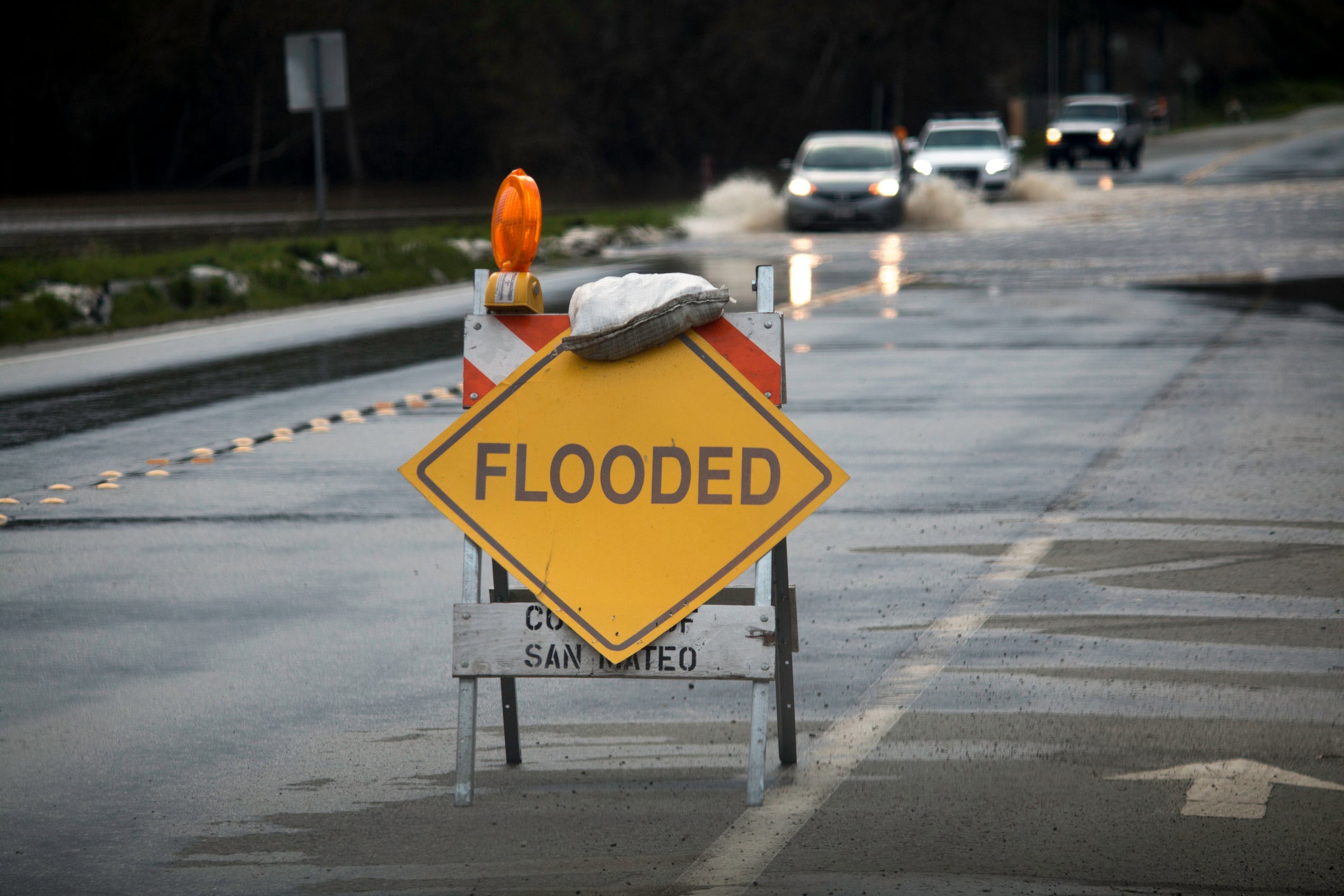
Earlier this month, Jason Thistlethwaite—Lead of the Canadian Coastal Resilience Forum—attended CatIQ’s Canadian Catastrophe Conference (C4) held in Gatineau, Quebec.
C4 gathers perspectives across the government, academia, for- and non-profit sectors to discuss strategies on how to prepare, respond and recover from natural and man-made disasters.
This year’s conference had many memorable speakers, including Mississauga Mayor Bonnie Crombie who spoke about the city’s innovative stormwater charge—a strategy created to reduce flood damages to properties in Mississauga.
Representatives from the Red Cross and the Insurance Bureau of Canada reflected on their response to the Fort McMurray wildfires. Having both organizations at evacuee centres was a recognized as a best practice because this helped maintain consistency in the information communicated to those affected. Panelists emphasized the need for continued collaboration across sectors, and to promote the exchange of experiences after disasters occur (what can we learn from each other?).
One of the most repeated themes by many conference attendees was the need to “Fisher Price the science”. It is important to understand how to communicate scientific information in ways that are meaningful to the public. Speakers of a risk communication panel reiterated that risks must be communicated well in advance of a disaster, messages must be repeated on an ongoing basis and come from multiple sources (e.g., social media), and that storytelling and narratives can help people personally connect with risk information.
It is evident that there are many initiatives that different sectors are taking to deal with natural and man-made catastrophes. Yet, there were three main takeaways from C4:
- Risk information (e.g., flood maps) must be transparent and accessible to public audiences
- Collaboration between banks, governments, insurance companies and the pubic is needed in the areas of flood risk reduction and management (who is responsible for what?)
- There is a need to educate the public about risks and providing clarity about the public’s responsibility in protecting themselves
These views are also reflected in a policy brief that Jason and members of Flood Policy Research Group recently authored.